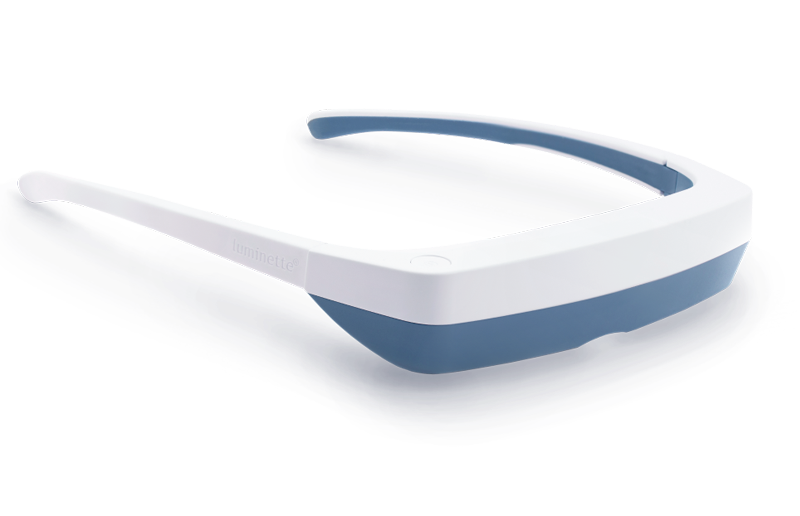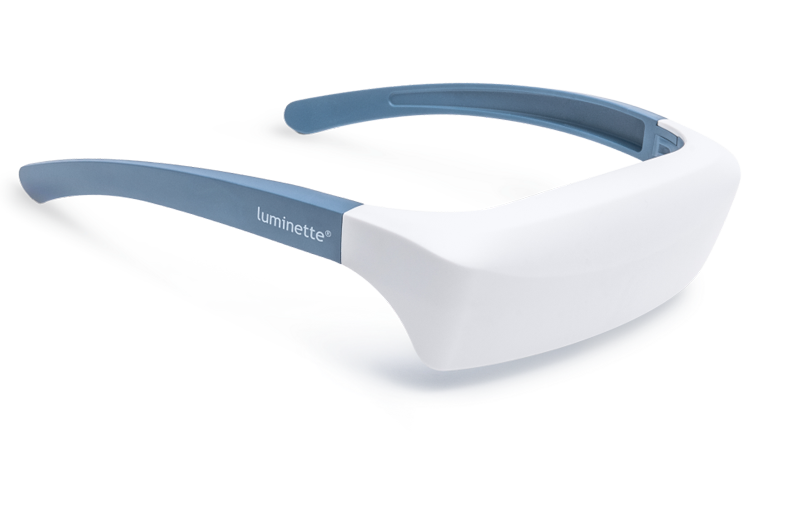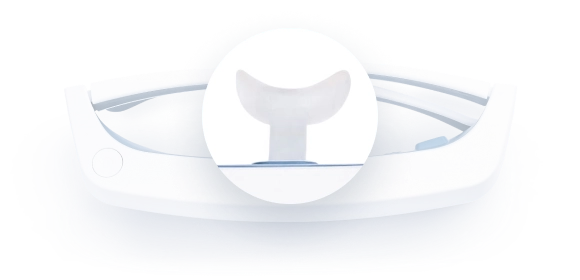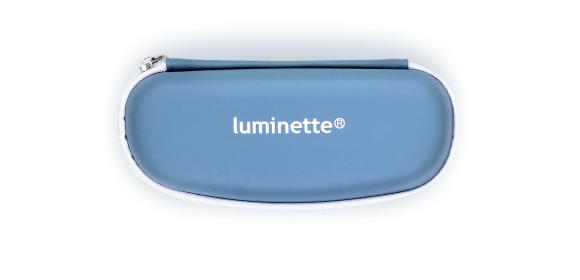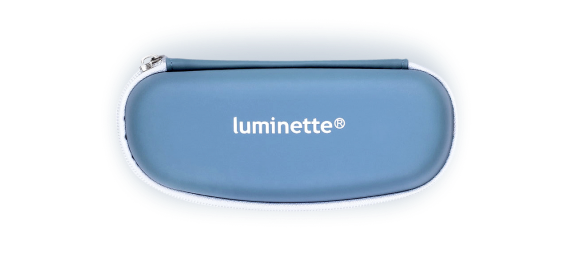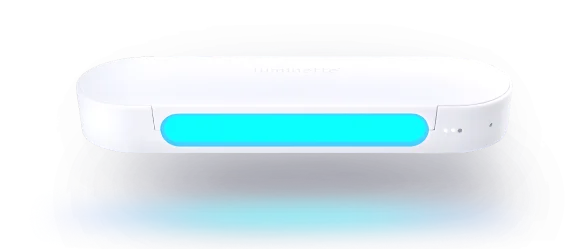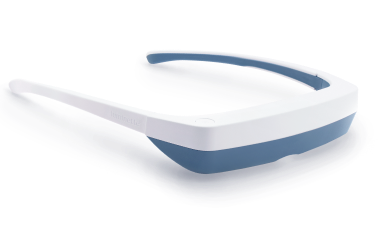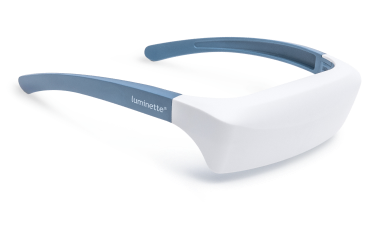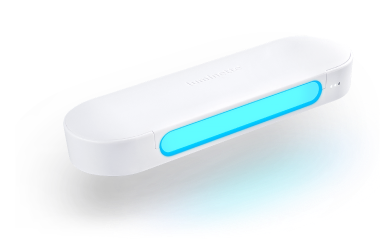Якщо ви дуже уважні, ви могли помітити, що ваш рівень енергії, графік пробудження і сну, апетит, поведінковий ритм і певні підказки слідують тому ж самому щоденному шаблону.
Ці ритми можуть здаватися випадковими, але це не так. Вони є частиною або наслідком добового ритму вашого тіла, біологічного циклу, що повторюється кожні 24 години.
Однак ці передбачувані ритми вразливі до зовнішніх сигналів, найпомітнішим з яких є цикл світла і темряви.
Отже, порушення цих зовнішніх сигналів, таких як нерегулярне освітлення, непостійні розклади та погані звички у способі життя і харчуванні, можуть збити ваш внутрішній годинник і вплинути на ці щоденні ритми.
Ми також обговоримо, як світлотерапія може допомогти підтримувати здоровий ритм, особливо для тих, хто має обмежений доступ до природного сонячного світла або нерегулярний розклад.
Що таке діурнальний ритм?
Більшість фізіологічних і поведінкових функцій в організмі людини відбуваються у повторюваному ритмі або патерні.
Добові ритми — це біологічні циклічні події які повторюються кожні 24 години . Ці події можуть виникати з зовнішніми сигналами або без них, наприклад, сонячним світлом.
Так само, як менструальний цикл жінки слідує місячному ритму, наші цикли сну і неспання слідують добовому, коли ми зазвичай бадьорі вдень і спимо вночі.
Прикладом добового ритму є те, як організм виробляє і вивільняє більше мелатоніну вночі і менше вдень.
Будь-яке порушення цього ритму може впливати на якість сну, настрій, гормональний баланс, травлення, обмін глюкози і навіть імунну функцію, що робить його життєво важливим для підтримки загального здоров’я та добробуту людини.
Коли добовий ритм порушується — через пізнє використання екранів, нерегулярний час прийому їжі, змінну роботу або часті подорожі через часові пояси — природні процеси організму можуть дезсинхронізуватися. Цей внутрішній дисбаланс може призвести до різних проблем зі здоров’ям, таких як безсоння, хронічна втома, погана концентрація, дратівливість і підвищена схильність до хвороб.
Для студентів і професіоналів навіть незначні порушення можуть погіршувати когнітивні функції та знижувати продуктивність протягом дня. Підтримка послідовного щоденного розкладу, що включає експозицію до природного світла вранці, регулярне харчування та заспокійливу вечірню рутину, може допомогти зміцнити стабільний добовий ритм. У деяких випадках світлотерапія також може бути ефективним інструментом для скидання внутрішнього годинника та вирівнювання організму з його оптимальними біологічними патернами.
Окрім особистих звичок, зміни навколишнього середовища — такі як сезонні зміни та низька кількість денного світла — можуть порушувати внутрішній час. Взимку або в регіонах з мінімальним сонячним світлом люди часто стикаються із затримкою сигналів день–ніч, що призводить до сонних ранків і труднощів із засинанням вночі. Таке розбалансування може викликати значні перепади настрою та енергії, коли відсутні належні світлові сигнали.

Фізіологія, що лежить в основі добових ритмів
Люди — добові істоти, тому розуміння фізіології добового ритму є важливою. «Добовий» означає, що люди найбільш активні вдень, навіть якщо є деякі винятки. Нічні тварини активні вночі.
Добові ритми — це природні цикли, яких наш організм дотримується кожні 24 години. Вегетативна нервова система тесно координує ці патерни , допомагаючи регулювати непроізвольні функції, такі як частота серцебиття, травлення та температура тіла залежно від часу доби.
Ваші добові ритми визначають, коли ви відчуваєте себе бадьорим або енергійним. Вони також керують тим, коли ви відчуваєте голод, сонливість та інші відчуття.
Ці патерни є ключем до того, як наше тіло працює і реагує на навколишнє середовище.
Як мозок і тіло регулюють добові патерни
Ми встановили, що добові патерни циклічно повторюються кожні 24 години. Але як тіло і мозок керують біологічним відліком часу і запускають події в потрібний момент?
Хоча це трохи складніше, проста відповідь полягає в тому, що ваше тіло працює на внутрішній системі відліку часу, яку часто називають циркадним годинником.
Цей годинник знаходиться в гіпоталамусі і підтримує щоденний розклад вашого тіла. Уявіть його як вашого особистого помічника.
Уявіть, що ви використовуєте голосові команди, щоб запускати вивільнення певних гормонів або активацію важливих функцій тіла. Виникали б збої і хаос. Центральний годинник допомагає "автоматизувати" ці біологічні процеси.
Крім того, кожна клітина має свій власний міні-годинник, який отримує сигнали від циркадного годинника в мозку.
Коли ваш внутрішній біологічний годинник ідеально синхронізований з 24-годинним циклом світло-темрява, кожен добовий патерн працює так, як має, і відбувається передбачувано, коли потрібно. Тому ви, як правило, прокидаєтеся відпочилим, засинаєте в потрібний час, а ваша енергія піднімається і падає за передбачуваним графіком.
Роль гіпоталамуса та вплив світла
Гіпоталамус — це головна станція годинникового контролю мозку і тіла. Центральний годинник — це конкретно скупчення клітин відомий як супрахіазматичне ядро (SCN).
Чи залишається цей годинник точним протягом усього життя без потреби в калібруванні чи регулюванні? Відповідь — ні. Ваш внутрішній годинник може вийти з ладу, що призводить до циркадного розбалансування.
Тіло використовує світло як основний сигнал для підтримки узгодженості та синхронізації з 24-годинним циклом. Коли природне світло потрапляє в око, навіть під час сну, спеціальні клітини на задній частині сітківки надсилають сигнали до SCN.
Це ініціює багато фізіологічних процесів і молекулярних механізмів, включаючи зниження мелатоніну, активацію мозку та вивільнення кортизолу, щоб підвищити пильність і перейти від стану спокою до активного.
Розуміння гормонів і добового ритму
Гормони — це хімічні сигнали або месенджери, які тіло випускає для активації певних фізіологічних процесів. Дослідження показують, що декілька гормонів мають добові коливання визначається добовим циклом.
Це означає, що у цих гормонів спостерігаються передбачувані піки та спади протягом 24 годин. Нижче ми розглянемо деякі з цих гормонів добового ритму.
Кортизол і ранковий сплеск енергії
Кортизол, що виділяється в надниркових залозах, відомий як гормон стресу, але він набагато більше, ніж це.
Ритм кортизолу пов’язаний із реакцією пробудження кортизолу (CAR), що спостерігається у людей при пробудженні. Через 30-45 хвилин після пробудження рівень кортизолу може збільшення до 75% рівня, який був при пробудженні.
Дрімоти вночі не викликають подібної реакції кортизолу.
Вчені припускають, що "цю активність, мобілізуючи енергетичні резерви, готує тіло до метаболічних потреб дня.
Мелатонін і початок сну
Мелатонін — основний гормон, відповідальний за регулювання циклу сон-неспання у людей. Вироблення мелатоніну залежить від циклу світло-темрява.
Шишкоподібна залоза починає виділяти більше мелатоніну за одну-три години до звичайного часу сну людини, сигналізуючи тілу, що час починати завершувати справи дня і готуватися до сну.
Ось чому, якщо ви лягаєте спати регулярно о 21:00, ви почнете відчувати втому та сонливість раніше, щоб заснути відразу після того, як ляжете в ліжко.
Ця секреція потім досягає піку в середині ночі, між опівніччю та третьою годиною ранку, викликаючи максимальний відпочинок у денних істот. Порушення секреції мелатоніну можуть призвести до розладів ритму сну, коли важко заснути.
Цікаво, що мелатонін також допомагає пригнічувати вироблення кортизолу через негативний зворотний зв’язок.
Інші гормони, на які впливають добові ритми
Інші гормони, що слідують добовому ритму, включають:
Інсулін: Пік о 17:00 і найнижчий рівень о 4:00
Адипонектин: Піки між 12:00 та 14:00
Лептин: Піки вночі
Підтримка здорового добового ритму
Здоровий добовий ритм є необхідним для підтримки часових патернів, які забезпечують оптимальне функціонування кожного необхідного процесу в організмі.
Здоровий добовий ритм означає, що:
Ви відчуваєте сонливість тоді, коли це потрібно
Ви прокидаєтеся відчуваючи енергію та свіжість
Температура тіла досягає піку ввечері і є найнижчою рано вранці
Ваше тіло виробляє потрібні гормони у очікуваний час для підтримки гормонального балансу
Ваш внутрішній головний годинник і система таймінгу ефективно синхронізовані з 24-годинним циклом Землі
Вплив світла та природна синхронізація
Як ми вже згадували, світло і темрява є найпотужніші сигнали або підказки тіло використовує для природного підтримання внутрішнього біологічного годинника у синхронізації з 24-годинним днем.
Отже, коли ви щодня вранці піддаєтеся сонячному світлу, ви фактично натискаєте кнопку скидання, сигналізуючи тілу, що настав день.
Особливо важливо отримати це світло якомога раніше, до 8-ї години, щоб підтримувати ваш природний ритм. Це допоможе посилити бадьорість і закріпити час початку активного періоду вашого тіла. Мета — щодня нагадувати вашому мозку про світанок.
Ви також отримувати вітамін D від впливу сонячного світла, що є важливим для вашого настрою та морального стану.
У тому ж дусі, обмеження яскравого світла з раннього вечора є важливим для завершення циклу.
Надто мало світла вдень або вплив яскравих екранів і світла пізно ввечері можуть надсилати змішані сигнали вашому мозку, порушуючи ваші біологічні ритми.
Послідовний час сну і пробудження
Лягати спати і прокидатися в один і той же час щодня — ще одна важлива звичка, яку ви можете прийняти для підтримка здорового добового ритму Хронічне обмеження сну може порушити ваш добовий ритм, що призводить до втоми, перепадів настрою та погіршення когнітивних функцій.
Коли час сну і пробудження передбачуваний, ваше тіло вчиться очікувати ці періоди. Тож, коли темно і наближається час сну, ваш мозок природно починає вивільняти більше мелатоніну.
Дотримання послідовного часу сну тренує ваше тіло передбачуване вивільнення мелатоніну приблизно в один і той же час щоночі. Це передбачуване підвищення мелатоніну допомагає вам відчувати природну сонливість, що полегшує засинання.
Деякі поради, які допоможуть вам підтримувати послідовний графік сну та пробудження, включають:
-
Встановіть конкретний час для сну та пробудження і дотримуйтеся його, навіть у вихідні чи святкові дні. Ви можете іноді відхилятися на 30-45 хвилин, але підтримуйте цей діапазон.
-
Створіть рутину перед сном, наприклад, читання книги або прийняття душу, щоб сигналізувати мозку, що час спати.
-
Відкладіть телефон та всі електронні пристрої щонайменше за годину до сну.
-
Зробіть своє спальне середовище затишним, комфортним і сприятливим для міцного сну.
Харчування та час активності
Багато гормонів, які регулюють метаболізм і апетит, також працюють добово.
Дослідники стверджують, що "метаболічні ритми тісно пов’язані з доступністю поживних речовин," припускаючи, що правильне харчування може допомогти внутрішньому годиннику тіла тасинхронізувати його з циклом світло-темрява.
Також, підтримання послідовного графіка прийому їжі/голодування допомагає підтримувати ваші циркадні або добові ритми.
Те саме стосується фізичної активності. Наприклад, тренування вночі затримує циркадну фазу і, відповідно, затримує початок сну. Обмежуйте свої активності періодом, коли тіло найбільш активне: вдень.
Якщо з цього розділу можна винести щось головне, то це те, що добовий "система передбачає і адаптується до щоденних змін навколишнього середовища для оптимізації поведінки відповідно до часу доби."
Це очікування — ключове слово тут, що підкреслює важливість часу активності. Приймайте поведінку, що відповідає вашим внутрішнім добовим паттернам.
Наприклад, прийом їжі пізно вночі та споживання їжі або напоїв з високим вмістом жирів і цукру — це табу.
Використання світлотерапії для регулювання вашого добового ритму
Отже, ми встановили, що тілу потрібне природне світло для регулювання добового ритму.
Але давайте визнаємо: існує безліч причин, через які багато людей не отримують достатньо сонячного світла щодня — від роботи до обмеженої мобільності, сезонних змін і місця розташування.
Світлотерапія є альтернативою для таких людей, щоб підтримувати свій внутрішній годинник у синхронізації. Воно імітує тип світла, що випромінюється сонцем, і має подібний вплив на ваш добовий ритм.
Як яскраве світло впливає на гормональні цикли
Зрештою, вплив на гормональні цикли є позитивним, оскільки яскраве світло імітує природне світло і регулює ваш добовий ритм.
В одному дослідженні вчені піддавали учасників впливу яскравого світла між 5 ранку та 8 ранку після впливу тьмяного світла.
Дослідники виявили, що перехід від слабкого до яскравого світла викликав значне зниження рівня мелатоніну та приблизно 50% збільшення рівня кортизолу.
Це дослідження підкреслює, як яскраве світло може змінювати поведінку гормонів протягом дня.
Час і тривалість для максимального ефекту
У численних публікаціях дослідники погоджуються, що оптимальний час для яскравої світлотерапії — як тільки ви прокинулися, бажано до 8 ранку.
Щодо тривалості, відповідь варіюється залежно від пристрою для яскравої світлотерапії. Найкраща практика — звертатися до інструкції продукту.
Luminette має три налаштування світла, кожне з рекомендованою тривалістю. Сесія може тривати до 60 хвилин на найнижчих налаштуваннях світла.
Переваги для працівників змінного графіка та відновлення після джетлагу
До 10% до 38% працівників зі нестандартним або нічним графіком страждають на стан, коли вони відчувають надзвичайну сонливість під час неспання і також мають труднощі зі сном, коли він їм потрібен.
По суті, яскрава світлотерапія тренує організм залишатися бадьорим і активним у періоди, коли він зазвичай поводився б інакше.
Ключовим є те, що яскрава світлотерапія пригнічує вироблення гормону сну мелатоніну, тим самим відтерміновуючи появу сонливості у працівників змінного графіка. Послідовне використання допомагає працівникам змінного графіка мати кращі схеми сну та бути більш пильні та активні під час своїх змін.
Ті ж принципи застосовуються до джет лагу та перетину кількох часових поясів, оскільки симптоми переважно такі ж, як і при розладі нічної зміни роботи.
Продукти Luminette, що підтримують регуляцію добового ритму
Luminette виготовляє пристрої для світлотерапії, які випромінюють біле світло збагачене синім у ваші очі. Це світло має властивості, схожі на сонячне світло, і допомагає регулювати ваш добовий ритм.
Їх особливо рекомендують для:
Люди з нерегулярним режимом сну
Працівників змінного графіка, які хочуть бути більш пильними на роботі
Мандрівників, які хочуть відновитися після джетлагу
Тих, хто проводить більшість дня в приміщенні
Людей із зимовою хандрою
Осіб у регіонах з високою широтою з обмеженим сонячним світлом
Продукти Luminette доведено ефективними за результатами досліджень третіх сторін у:
Підвищує рівень енергії і зменшує втому
Покращує пильність і концентрацію
Підвищує моральний дух і полегшує симптоми зимової хандри
Окуляри для світлотерапії Luminette 3
The Luminette 3 wearable glasses випромінюють збагачене синім біле світло. Вони дуже легкі, компактні, прості у використанні та зручні для подорожей. Одна з переваг окулярів Luminette 3 — ви навіть не помітите, що вони на вас.
Ви також можете використовувати окуляри Luminette під час виконання інших завдань, таких як читання, робота за комп’ютером, сніданок і прогулянки по дому.
Вам не потрібно сидіти на одному місці, щоб завершити сеанс, що дає вам повну свободу та контроль над вашим часом.
Drive 2-в-1 лампа для світлотерапії
The Luminette Drive пропонує світлотерапію на ходу. Вона випромінює той самий збагачений синім світло, що й окуляри.
Ви можете прикріпити його до сонцезахисного козирка автомобіля або робочого комп’ютера, що робить світлотерапію зручною під час поїздки або роботи.
Висновок: Узгоджений діурнальний ритм є ключем до оптимального здоров’я
Здоровий діурнальний ритм є необхідним для оптимального функціонування багатьох процесів в організмі.
Ваше тіло покладається на світлові сигнали, щоб підтримувати діурнальний ритм і забезпечувати його узгодженість із циклом світла і темряви Землі.
Ситуації, як-от робота в змінному графіку, віддалена робота, штучне освітлення, неправильне харчування та інші, регулярно порушують ваш внутрішній годинник.
The Luminette 3 wearable glasses або The Luminette Drive може допомогти відновити ваш діурнальний ритм разом з іншими рішеннями, такими як регулярний режим сну та ранкове сонячне світло.
Поширені запитання
Що таке діурнальний ритм?
Діурнальний ритм можна визначити як природний 24-годинний цикл вашого тіла, який контролює щоденні патерни, такі як сон, рівень енергії та апетит. Він головним чином залежить від світла і темряви у вашому оточенні.
Як діурнальний ритм впливає на рівень гормонів?
Діурнальні ритми спричиняють передбачувані коливання рівнів певних гормонів протягом 24 годин, при цьому багато гормонів досягають піку або мінімуму в різний час доби. Наприклад, кортизол підвищується вранці, щоб допомогти прокинутися, а мелатонін збільшується вночі, щоб допомогти заснути.
Які гормони слідують діурнальному ритму?
Прикладами гормонів, що слідують діурнальному ритму, є мелатонін, кортизол, інсулін, лептин та багато інших.
Чи може світлотерапія допомогти відновити порушений діурнальний ритм?
Світлотерапія може допомогти відновити порушений діурнальний ритм за допомогою контрольованого впливу пристроїв, які випромінюють світло, схоже на природне сонячне світло. Цей процес сигналізує мозку, ніби це ранок, допомагаючи регулювати внутрішній годинник тіла та діурнальний ритм.
Які приклади діурнальних ритмів у повсякденному житті?
Прикладами діурнального ритму є відчуття більшої бадьорості вранці, сонливість вночі, підвищення температури тіла вдень і відчуття голоду у певний час.
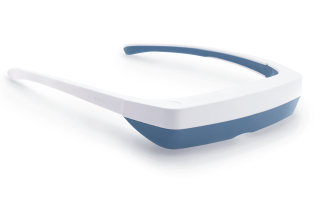
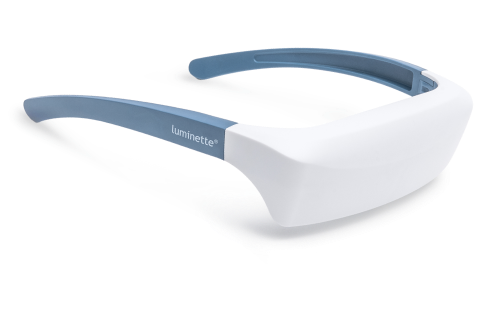
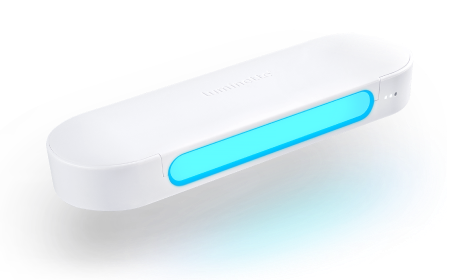
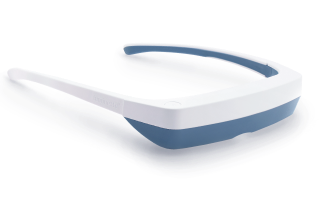
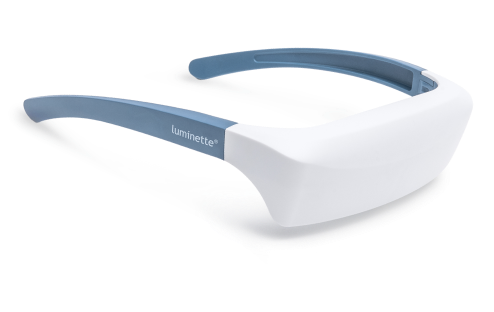

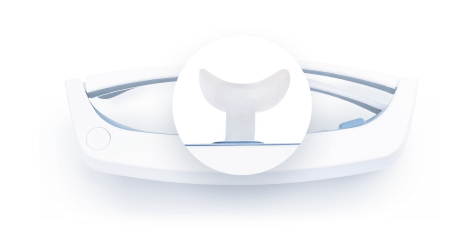
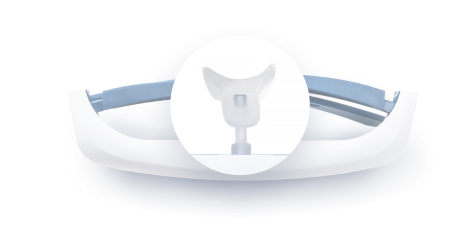
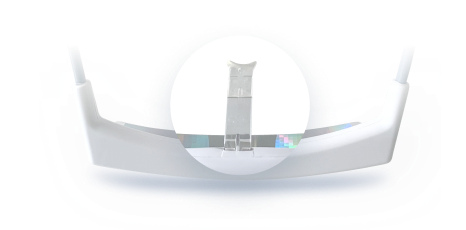
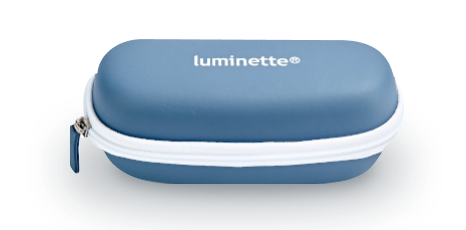
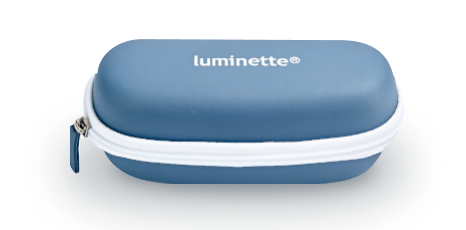
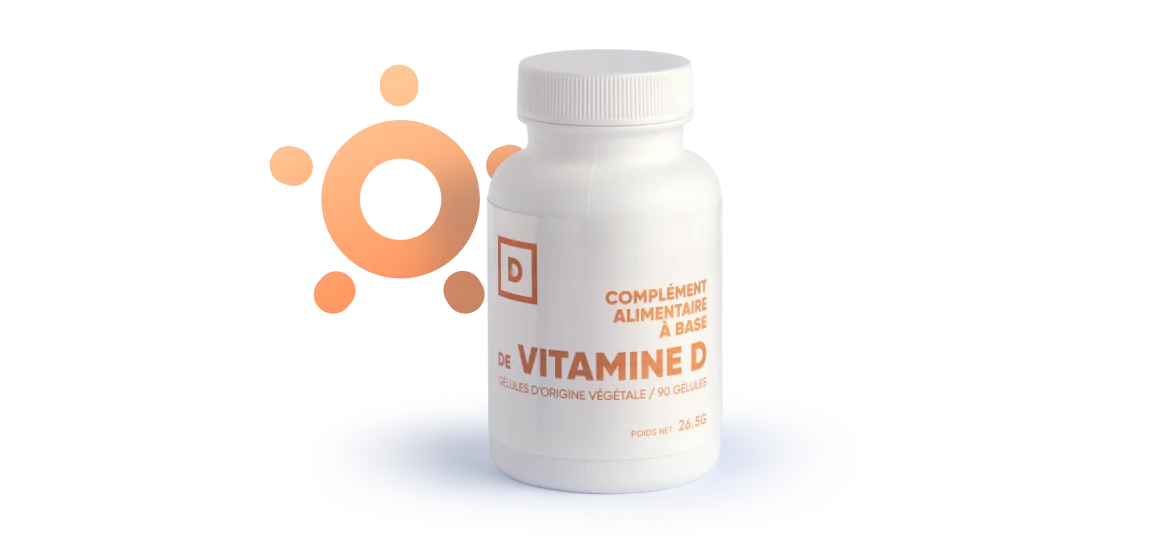




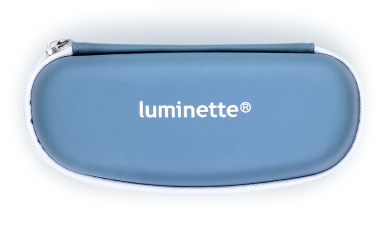
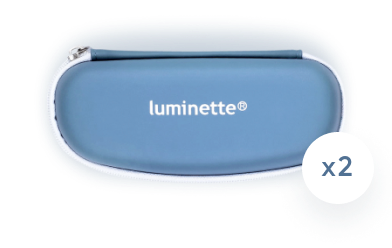
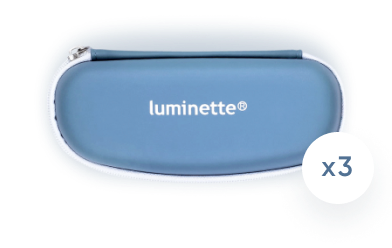
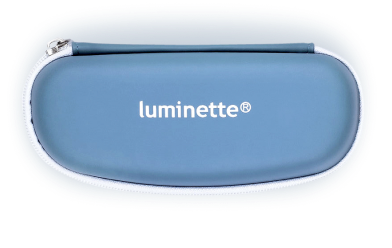


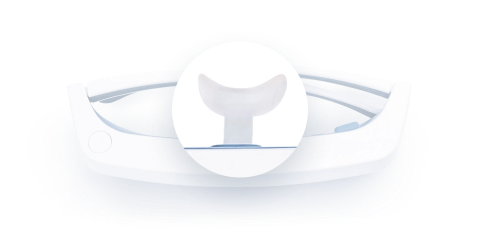

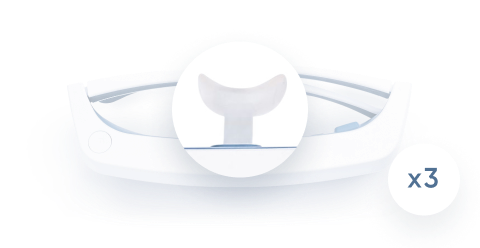






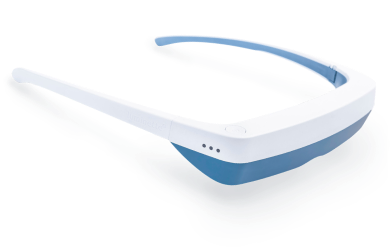
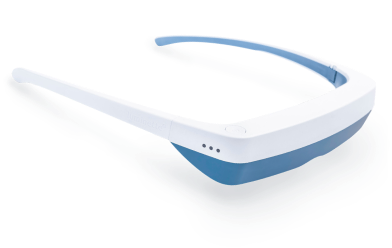
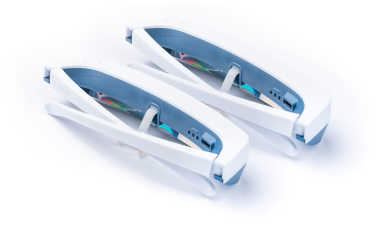


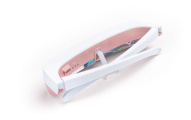

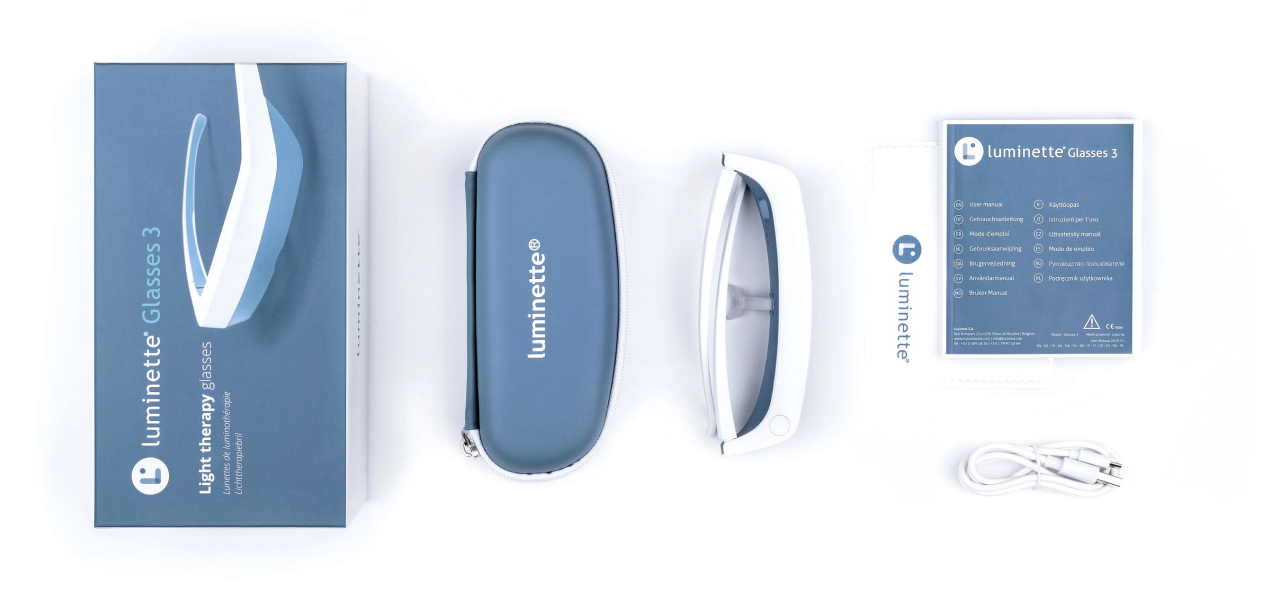
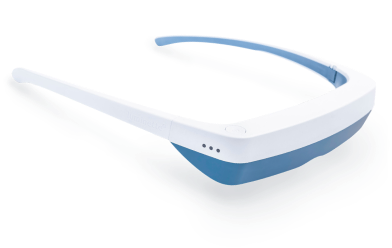
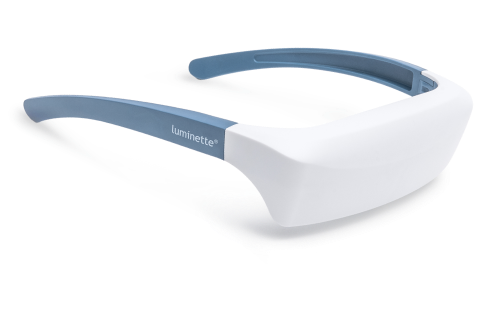
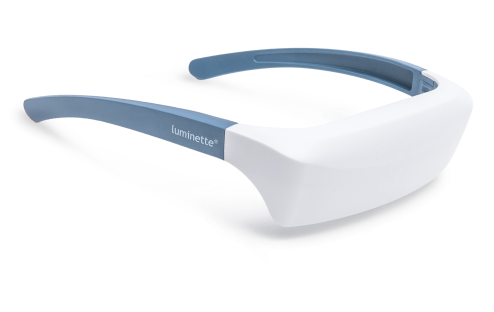



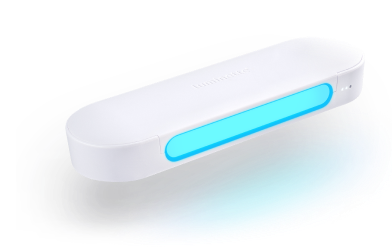
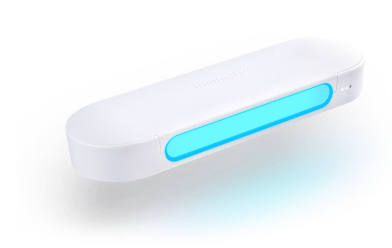

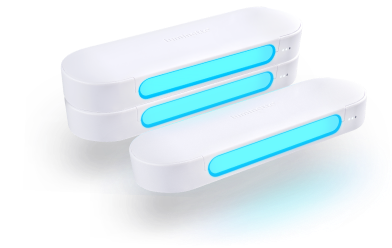


 Please note
Please note



